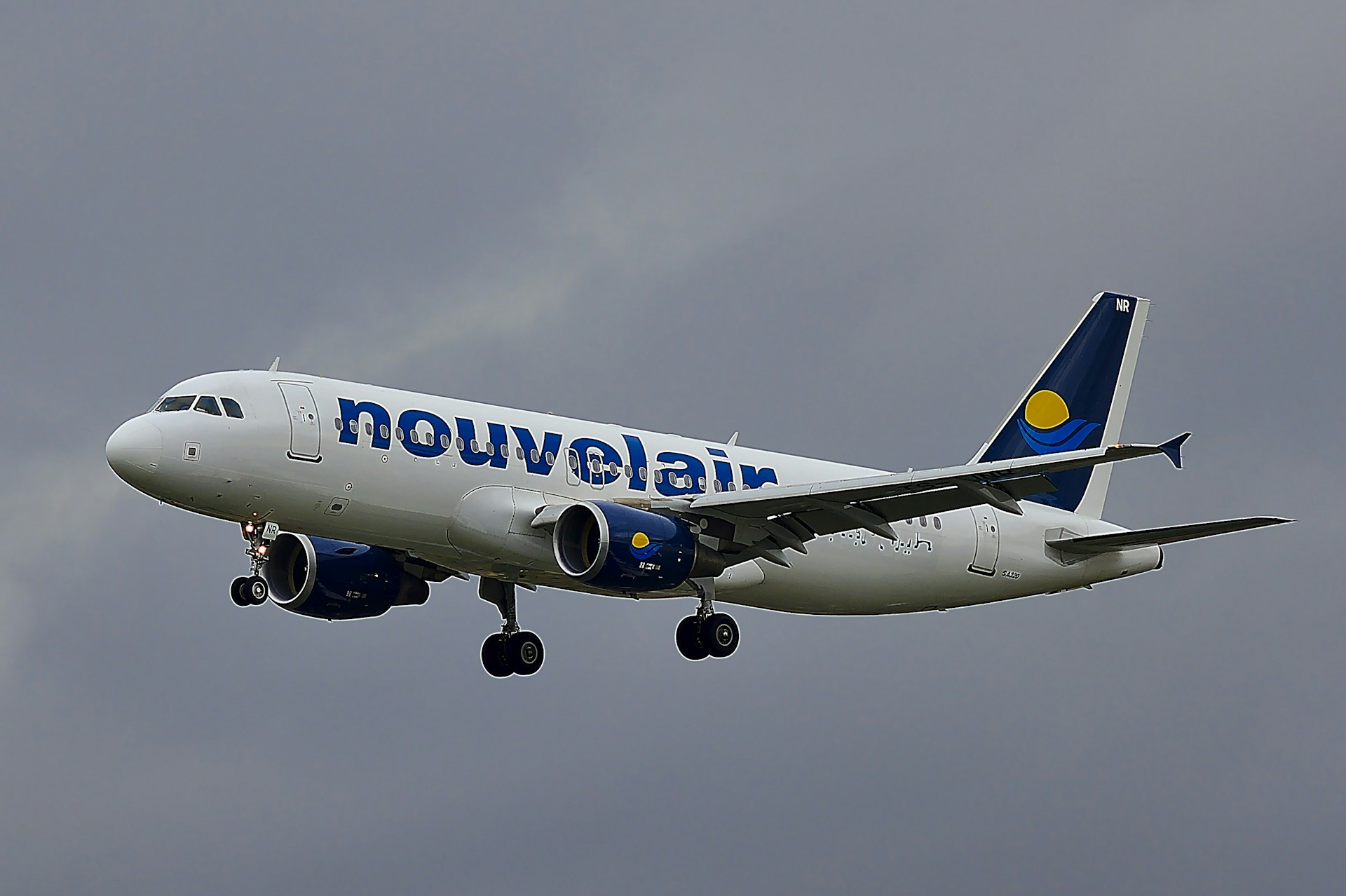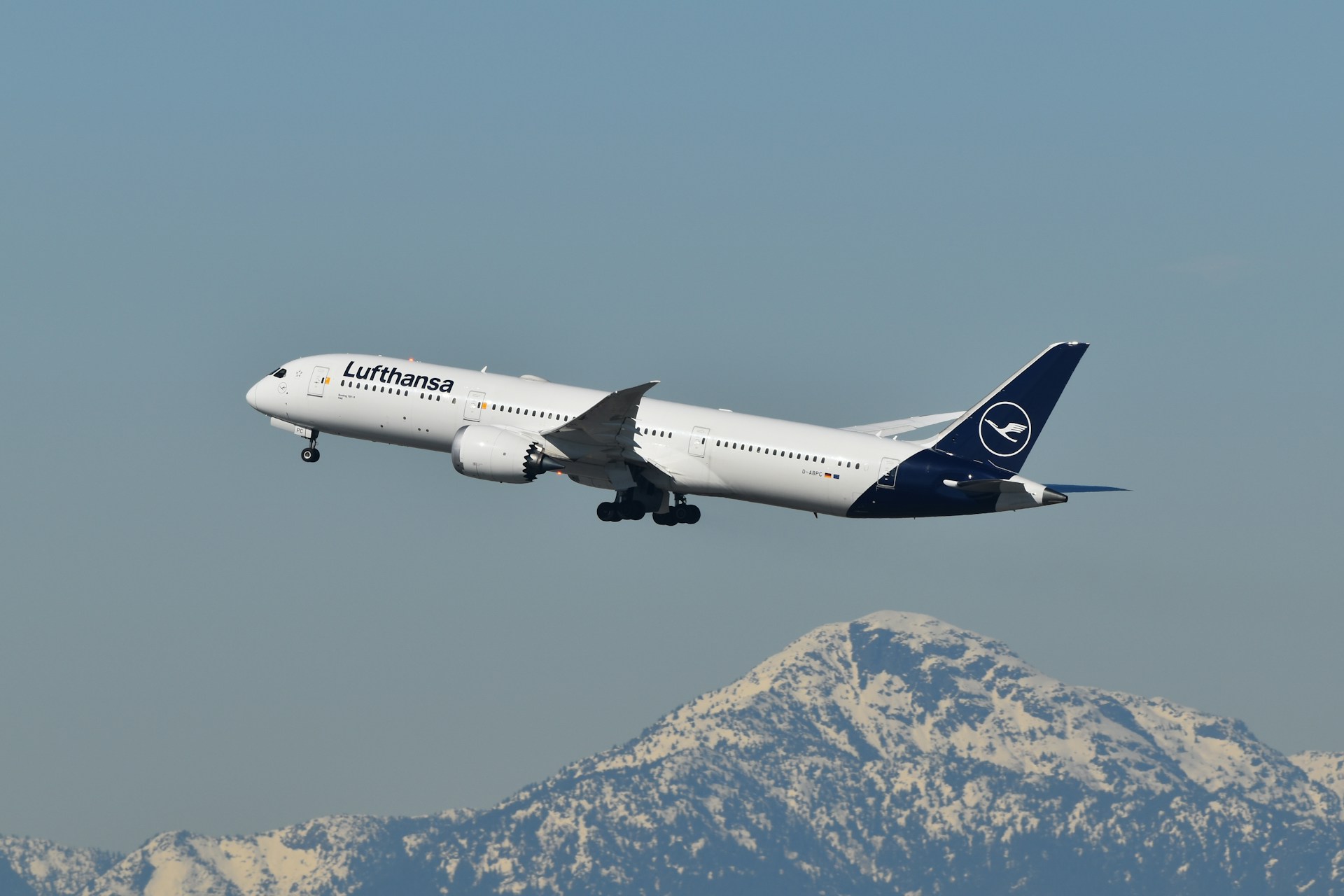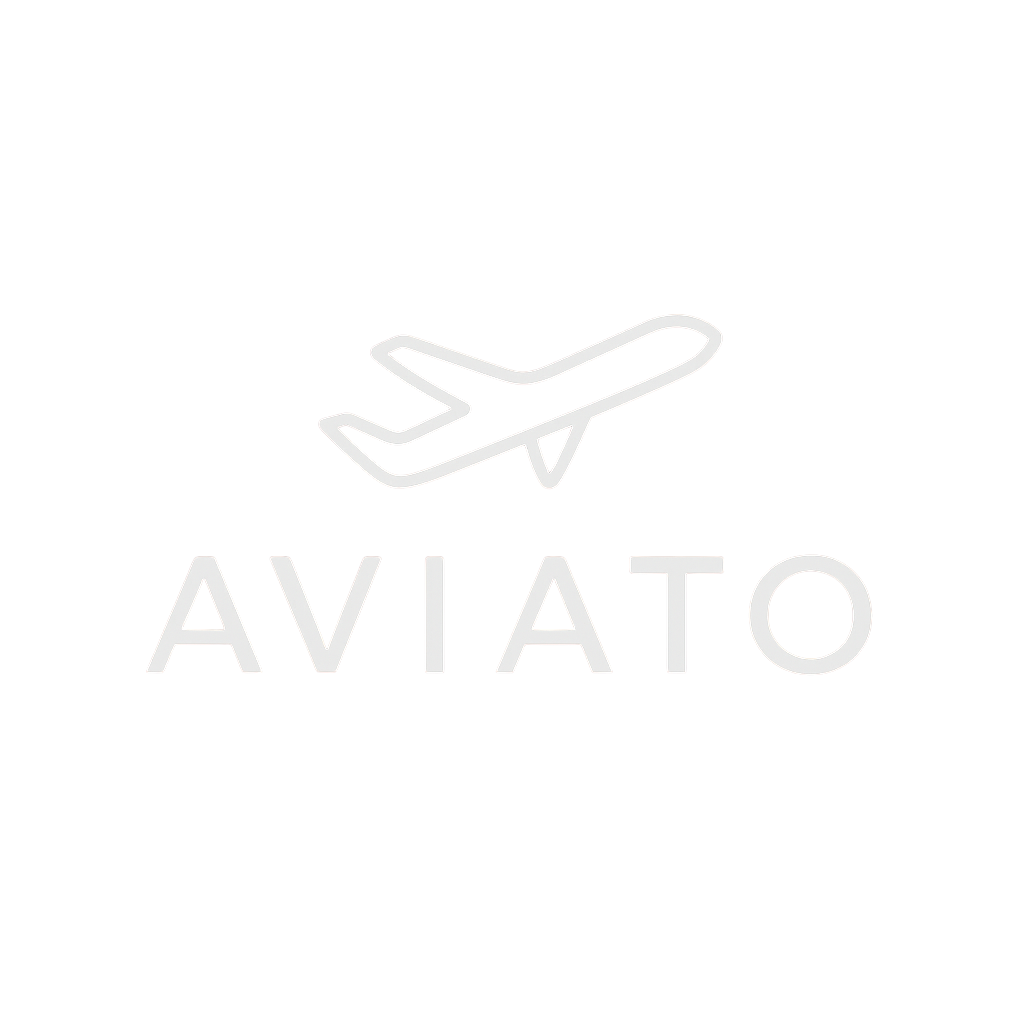Key Takeaways
- A Nouvelair Airbus A320 and an easyJet aircraft were involved in a serious runway incursion at Nice Côte d’Azur Airport, creating a major collision risk.
- The event has been classified as a Category A runway incursion, the most severe type, highlighting urgent safety concerns.
- Investigations are focusing on air traffic control procedures, pilot communications, and ground movement operations at Nice Airport.
- The incident underscores persistent runway safety challenges at busy European airports, particularly during peak travel periods.
- Aviation experts warn that European hubs may need enhanced ground surveillance technology and stricter protocols to prevent future near-miss events.
Near-Collision at Nice Airport
Nice Côte d’Azur Airport—one of Europe’s busiest tourist gateways—faced a major safety scare when a Nouvelair Airbus A320 entered a runway already occupied by an easyJet aircraft. The dangerous overlap put two passenger jets in close proximity, creating the potential for a catastrophic ground collision.
The incident, now under investigation by French aviation authorities, has been labeled a serious runway incursion. Such events are rare but represent one of the most dangerous situations in aviation, where a single misstep can have devastating consequences.
What Are Runway Incursions?
Runway incursions occur when an aircraft, vehicle, or person is on a runway without proper clearance from air traffic control. At airports like Nice, where space is constrained by mountains and the sea, tight coordination between controllers, ground crews, and pilots is critical.
Authorities classify incursions on a scale, with Category A incidents representing an imminent collision risk. The involvement of both Nouvelair, Tunisia’s flagship carrier, and easyJet, one of Europe’s largest low-cost airlines, underscores that even experienced operators can become entangled in these high-risk situations.
Why Nice Airport Is Under Scrutiny
Nice Airport handles millions of passengers annually, with heavy seasonal peaks tied to French Riviera tourism. Its geographic limitations—a narrow strip of land between sea and mountains—make operations particularly challenging.
This latest incident will intensify pressure on airport management to improve runway safety protocols, including better use of:
- Ground radar and monitoring systems to track aircraft positions in real time.
- Runway status lights that automatically warn pilots of occupied runways.
- Standardized communication procedures to reduce human error during high-traffic periods.
Industry and Regulatory Response
French aviation authorities have launched a full-scale investigation into the incident. Investigators will review:
- ATC (air traffic control) communications leading up to the event.
- Flight crew decision-making for both Nouvelair and easyJet.
- Airport ground movement protocols and whether they were followed correctly.
Both airlines are cooperating fully, providing data recorders, crew reports, and procedural documentation. The outcome may result in recommendations for tighter training, stricter ATC procedures, and possibly new European runway safety regulations.
Implications for European Aviation Safety
This incident comes at a time when European air traffic has returned to near pre-pandemic levels, straining infrastructure at major airports. Runway incursions, while rare, remain among the most serious threats to aviation safety.
Industry experts say solutions include:
- Wider deployment of advanced ground surveillance across European hubs.
- Expanded simulation training for pilots and controllers.
- Improved data-sharing between airlines and regulators to identify risk patterns.
For passengers, however, experts stress that air travel remains extremely safe. The aviation industry treats every incident—especially a near-miss like this—as a learning opportunity to strengthen global safety systems.
FAQs
What happened at Nice Airport?
A Nouvelair A320 was on or near a runway already occupied by an easyJet aircraft, creating a serious risk of collision. Authorities are investigating the sequence of events.
How serious was this incident?
It was classified as a Category A runway incursion, the most severe level, indicating a near-collision scenario.
What prevents runway collisions at airports?
Airports use radar systems, runway lighting, strict ATC clearance rules, and pilot protocols to prevent incursions. Technology is improving, but human error can still cause incidents.
Are runway incursions common in Europe?
Minor incursions occur occasionally, but serious Category A cases are rare. Authorities investigate each one thoroughly to prevent recurrence.
Will the airlines face penalties?
Both Nouvelair and easyJet are cooperating with regulators. Depending on the findings, outcomes could include training updates, operational adjustments, or fines.
Is Nice Airport safe?
Yes. Nice remains a safe and modern airport, but this incident will prompt further reviews and safety enhancements.
✈️ This near-miss at Nice is a wake-up call for European aviation safety, highlighting the need for vigilance, updated technology, and continuous training as air traffic grows.
.zip%20-%201.PNG)



